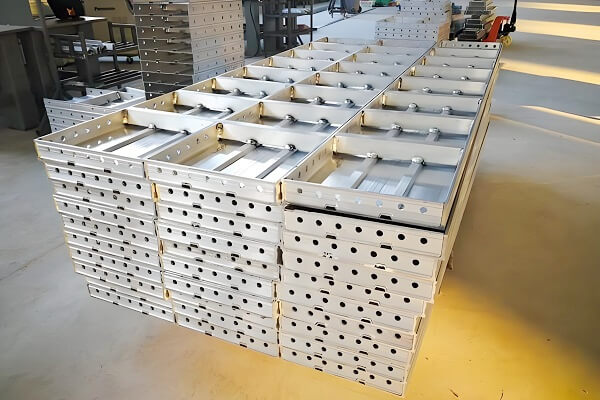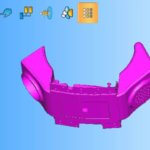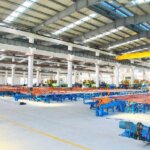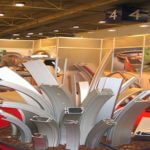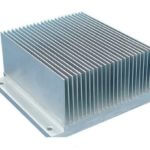Why aluminum formwork profile is popular in construction?
Why aluminum formwork profile is popular in construction?
What is aluminum formwork profile?
An aluminum formwork profile is a component of a reusable mold system used to shape concrete during construction.
These profiles are typically made from a specific aluminum alloy, like 6061 T6, chosen for its strength and light weight.
They are created through an extrusion process, which pushes the aluminum through a mold to form the desired shape.
Aluminum formwork profiles have become increasingly popular in construction for several reasons compared to traditional wood or steel formwork:
Efficiency and Speed: Due to their lightweight nature and modular design, aluminum formwork systems can be assembled and disassembled much faster than traditional options.
This interlocking system often eliminates the need for complex support structures, further streamlining the process and saving time on projects.
Cost-Effectiveness: While there might be a higher upfront cost for the aluminum system itself, reusability is a major advantage. Aluminum profiles can be used for hundreds of pours without warping or degrading significantly, unlike wood.
This reusability brings down the overall project cost per use compared to needing to purchase new wooden formwork for each concrete pour.
High-Quality Finish: Aluminum is dimensionally stable and less prone to warping than wood.
This translates to a smoother and more consistent concrete finish, potentially reducing the need for additional labor and materials required for extensive post-pour touch-up work.
Reduced Labor: The lightweight nature of aluminum formwork makes it easier to handle and maneuver on the job site.
This reduces the strain on workers and potentially lowers labor costs associated with traditional heavier formwork materials.
Sustainable Choice: Aluminum is a recyclable material.
When a project is complete, the aluminum formwork can be recycled and used again in future construction projects, minimizing environmental impact.
Safer Work Environment: The lighter weight of aluminum formwork reduces the risk of worker injuries during handling and installation compared to heavier steel components.
In summary, the popularity of aluminum formwork profiles stems from their efficiency, cost-effectiveness, contribution to high-quality concrete finishes, and role in creating a safer work environment.
While there might be a higher initial investment, the reusability and overall benefits make aluminum formwork an attractive choice for many construction projects.
Here are some features and advantages of aluminum formwork profiles:
Lightweight: Aluminum is much lighter than steel, the material traditionally used in formwork. This makes them easier to transport and maneuver on the job site, reducing labor costs and improving safety.
Durable: When properly cared for, aluminum formwork profiles can be reused hundreds of times without losing their shape or integrity. This reusability reduces overall project costs.
Precise results: Aluminum is dimensionally stable and less prone to warping than wood, which can lead to a smoother and more consistent concrete finish, potentially reducing the need for additional finishing work.
Fast assembly: Aluminum formwork systems typically use a modular design with interlocking parts or quick connect fasteners, allowing for faster assembly and disassembly compared to traditional methods.
Here are some applications of aluminum formwork profiles in construction:
Walls: Aluminum formwork profiles are commonly used to create formwork for concrete walls, including foundations, retaining walls, and building envelopes.
Columns: These profiles can be used to form concrete columns of various shapes and sizes.
Slabs: Aluminum systems can be used to create formwork for concrete slabs, including floors, ceilings, and roofs.
Beams: Specific aluminum profiles can be used to form concrete beams and other architectural features.
Overall, aluminum formwork profiles offer a versatile and efficient solution for concrete forming in modern construction projects.

